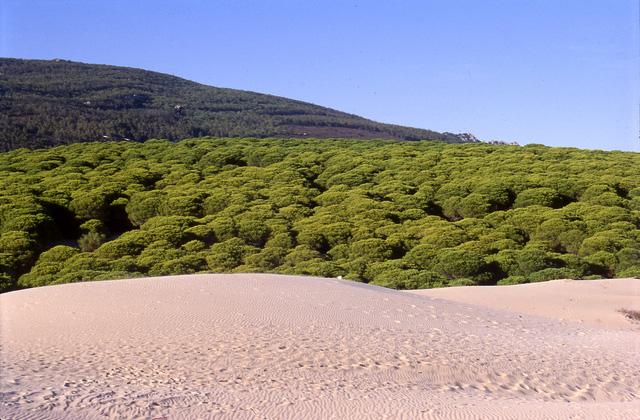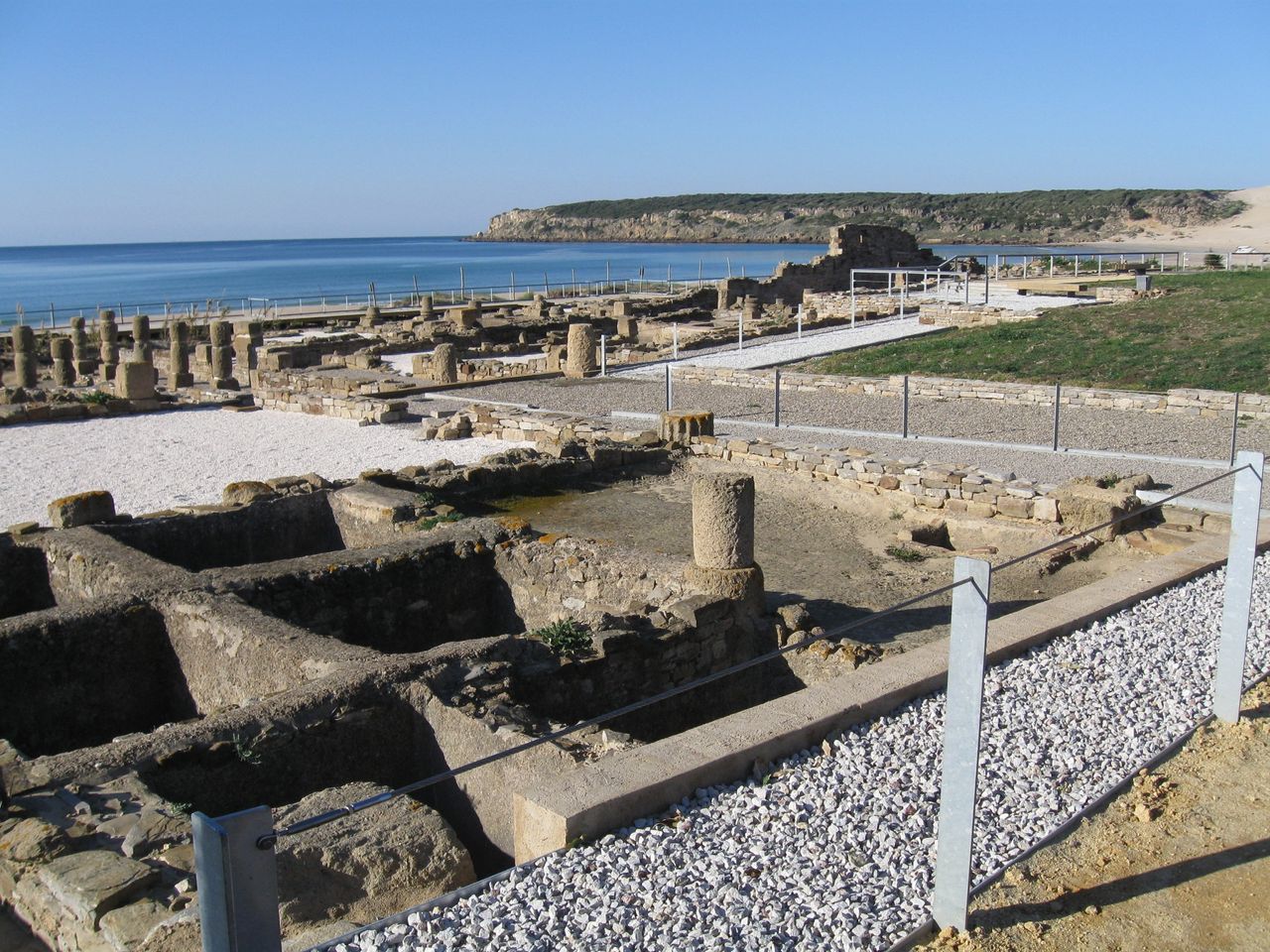Tarifa

The southernmost town in Europe, lapped by two seas and open to all civilisations since the dawn of time. It began to take shape with the construction of the 10th-century castle in the time of Abderraman III. The urban layout and narrow, winding streets of the period are still in evidence today.
There are nearly 38 kilometres of beaches in the municipal area, most consisting of fine, shallow sands, the highlight of which is Los Lances, declared a Beauty Spot, a veritable complex of beaches, dunes, pine forests and mud flats.
Further inland, part of the town belongs to Los Alcornocales Natural Park.
Also within the town boundary is Bolonia Cove, a place of great beauty and the site of the ruins of Baelo Claudia.
History
The southernmost town in Europe was founded by the Romans in the 1st century.
Important archaeological remains have been found in the municipal area, such as Algarbes cemetery, the most inportant Bronze Age burial site in the province.
The Phoenicians, Greeks and Carthaginians all settled on La Isla de las Palomas, but it was the arrival of the Romans that saw the first colonies of real importance here, with the appearance of settlements at Julia Traducta, -present-day Tarifa-, Mellaria and Baelo Claudia -on the beaches of Bolonia-.
Its name comes from Tarif Ibn Malluk, a Berber chief who accompanied Tarik ben Zayad, the Arab leader who defeated Don Rodrigo in the Battle of La Janda (711). Several centuries of Moslem occupation left their mark on the town.
The town was captured from the Moslems in 1292 by Sancho IV of Castile, known as the Brave. Sancho placed control of the town in the hands of Alonso Perez de Guzman, Lord of Niebla and Nebrija. In 1294, the Infante don John, brother of King Sancho, commited treason aganst the Crown of Castile by offering to help the Moslem King Mohamed to recover Tarifa. Seeing that an assault on the castle was impossible, the Infante resorted to threatening Guzman that if he did not surrender the town, his son, who had previously been kidnapped, would be executed; Guzman's response has gone down in history: "if you do not have a dagger with which to kill him, here, take mine'. For his defence of the town, Alonso Perez de Guzman was nicknamed "the Good'.
After the Christian conquest, Tarifa was for a long time a border town, first with the Kingdom of Granada and later, after the fall of the Nazari kingdom, as the fortress which defended the coast against Berber pirates and, in the 18th century, as a military enclave in the face of the English occupation of Gibraltar.
The Tarifa "chacarrá" fandango is well-known in the world of flamenco. The town also plays host to a National Folk Music Contest.

What territory do you want to visit?
Events





















